How July’s epic Death Valley to Mt. Whitney race began
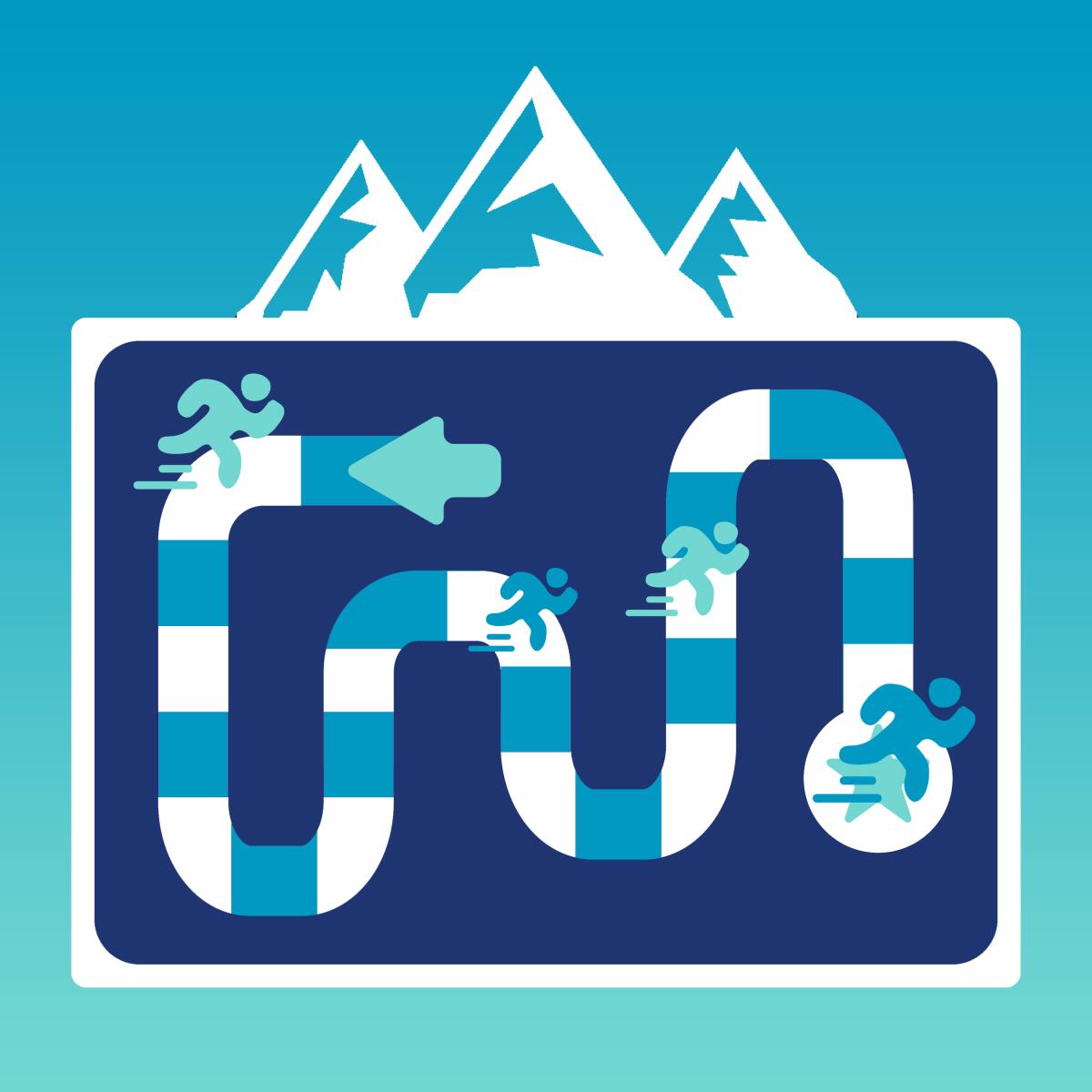
- Share via
By Mary Forgione
If you need inspiration to do anything this week in super-heated L.A., here it is. Runners in this summer’s Badwater 135 Ultramarathon will take off across Death Valley and over three mountain ranges to finish at the portal to Mt. Whitney west of Lone Pine, Calif. The race covers 135 miles with a combined (and grueling) 14,600 feet of gain. The brutally hot temperatures stoke this suffer-fest of a foot race. Got that? For example, in 2018, the temperature at the evening start was 118 degrees F — and remained above 110 degrees through much of the first night.
The race was inspired by Al Arnold, the most badass distance runner you’ve never heard of. After two unsuccessful tries, Arnold, then 49, set out at 5 a.m. on Aug. 3, 1977, to run from Badwater Basin in Death Valley National Park, the lowest point in America (282 feet below sea level), to the top of Mt. Whitney, the highest point in the contiguous U.S. (about 14,505 feet). He did it — in 84 hours, with stops and detours. Arnold’s feat was lauded in running circles and inspired the modern-day Badwater Ultramarathon.
The 44th race will take place Monday to Wednesday. (The 2020 race was canceled because of the pandemic.) Starting, as always, at Badwater Basin, 24 women and 60 men, some veterans of past races, some rookies, will participate. Runners no longer go to the top of Mt. Whitney; the course ends at Whitney Portal at 8,300 feet in elevation — punishing enough. The youngest runner this year is 28; the oldest is 76-year-old Bob Becker of Fort Lauderdale, Fla., who has finished the race three times, according to organizer AdventureCorps.
The record time for men on this course is an unbelievable 21 hours, 33 minutes and 1 second, set in 2019 by Yoshihiko Ishikawaof Japan. Women’s record holder Patrycja Bereznowska of Poland completed it in 24 hours, 13 minutes and 24 seconds the same year. Each runner requires a support team that follows them the entire way.
There’s no prize money, but you must finish in less than 48 hours to receive the coveted Badwater 135 belt buckle. If you want to watch, you can stake out the start or the finish, in Lone Pine or along Highway 190 in Death Valley. You can also follow on a webcast and on Instagram @ChrisKostman (race director) and @BadwaterHQ (race staff).
Arnold, who lived in Walnut Creek, Calif., and supported the race whose course he pioneered, died in 2017 at the age of 89. You’ll find photos and details of his epic run here — inspiration enough to train for your dream race.
3 things to do this week

1. Explore Bommer Canyon and other O.C. trails on Wilderness Access Day. Take a hike or bike ride in Bommer Canyon, which was part of the Irvine Ranch cattle camp. Much of Bommer Canyon Community Park is open daily, but on July 17 areas usually restricted to guided tours will be open to the public. Wilderness Access Day means you can explore oak- and sycamore-studded single-track trails in Shady and Bommer canyons on your own. Also, check out guided hikes and stargazing events sponsored by the Irvine Ranch Conservancy, which oversees some of the parklands. Events are free but you must register in advance. Find more information here.
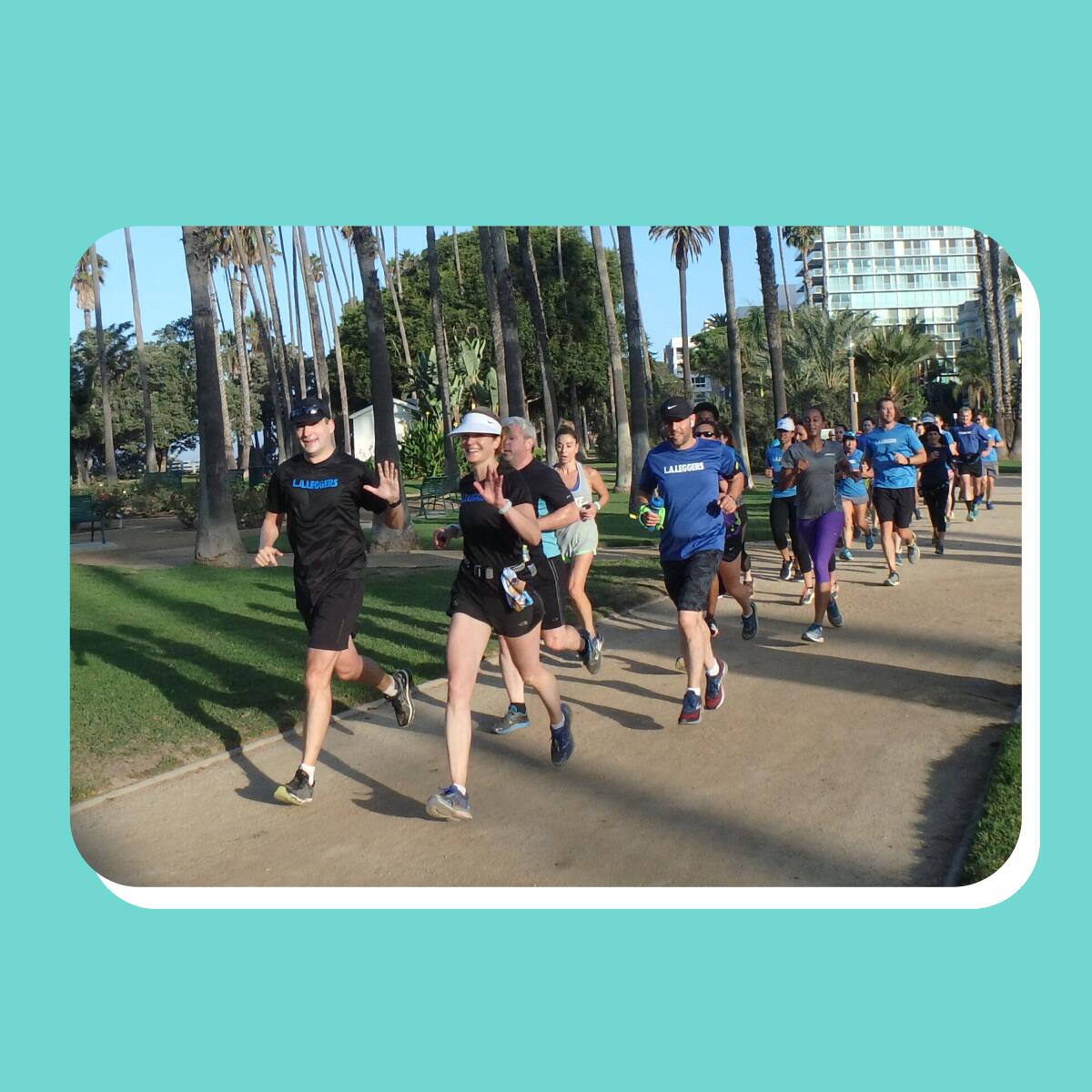
2. Sign up for 2021-22 L.A. Leggers marathon training. I like running clubs because they help you stay on track as you train with a like-minded tribe. The L.A. Leggers training program for the 2021-22 season begins now. New-member orientation is set for July 24 and 31, with runs starting Aug. 7. It costs $75 for the 30-week program, L.A. Marathon support, weekly training runs, pace group mentor and lectures about running and staying motivated. You don’t have to be training for a marathon to participate; if you are, this program is geared toward the 2022 L.A. Marathon (the postponed 2021 marathon will be held Nov. 7). Find out more here. Other running clubs to check out: the L.A. Road Runners (free base-level training plan; $150 for pro level) and the Pasadena Pacers.
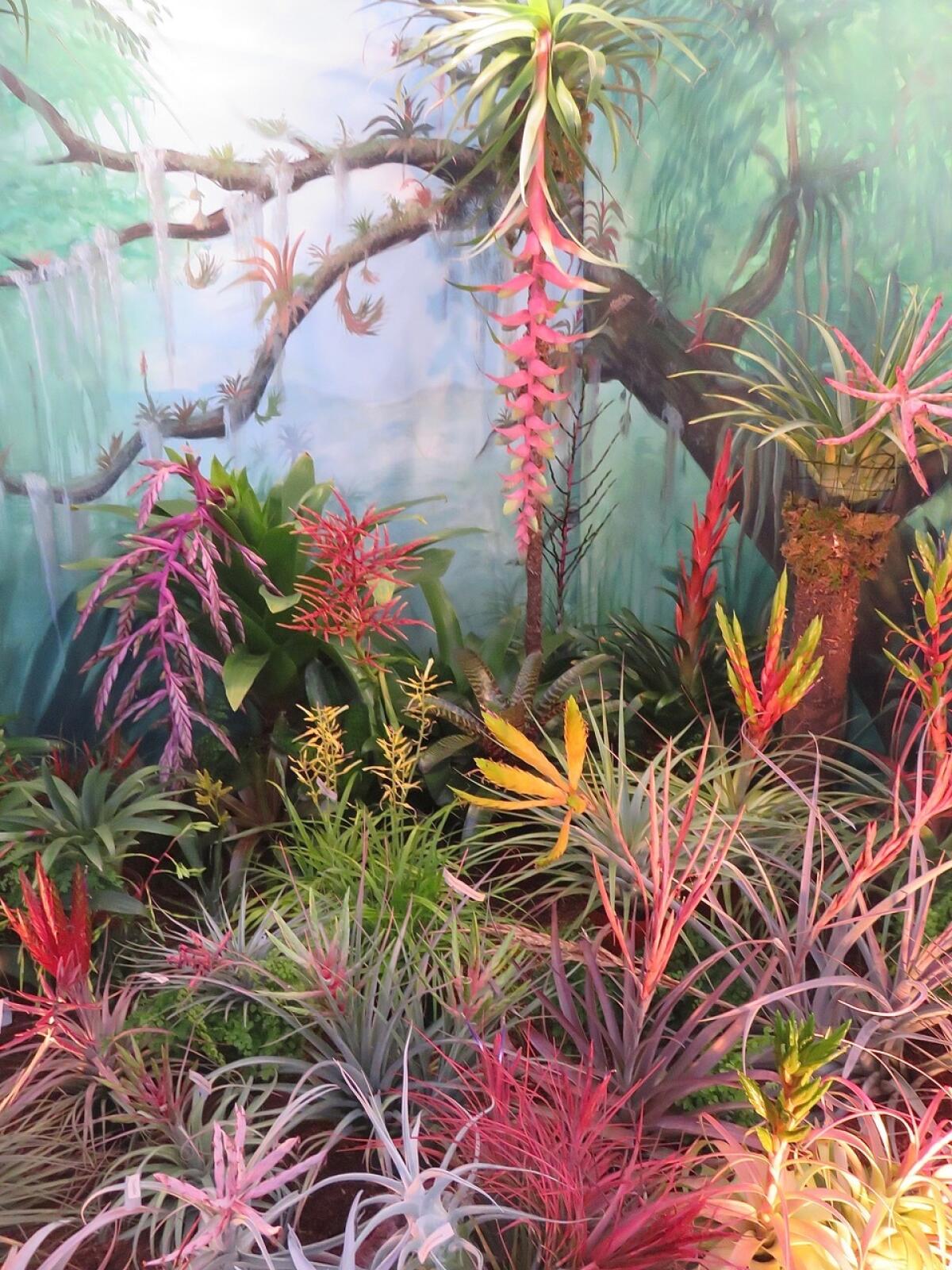
3. Looking for weird and exotic plants? Check out Plant-o-rama. Sherman Library & Gardens in Corona del Mar puts bromeliads, orchids and “just plain weird specialty plants” on sale at Plant-o-Rama from 10:30 a.m. to 4 p.m. on July 17 and 18 ($5 admission). The plants come from the gardens’ nursery as well as the L.A. International Fern Society and other plant organizations. Check out the sale at thesherman.org as well as other plant-centric events in Southern California this summer.
The must-read

What could be better than a midsummer canoe ride on the Klamath River? My colleague Christopher Reynolds explores the river in California near the Oregon border where he’s both in a redwood and surrounded by them. The Yurok tribe has started a business taking tourists out on hand-hewn canoes, and Chris went aboard: “I ran one hand along the boat, a single solid piece of redwood carved according to millennia of tribal custom. Then we shoved off into the river.”
The canoes are unlike any others. “Traditionally, the Yurok have built their canoes up to 20 feet long, 3.5 feet wide and 2 feet deep. Near the nose is a set of carved features known as the heart and lungs. Toward the back are two more raised shapes known as the kidneys, where paddlers rest their feet. The edge encircling the boat is known as the lifeline. ‘We consider the redwood one of our protectors, and so we honor it by giving it those necessary body parts,’ said Josh Norris, who manages the canoe tour operation.” It’s a delicate balance of the tribe’s past and what could be its future. Read the full story here.
Know this
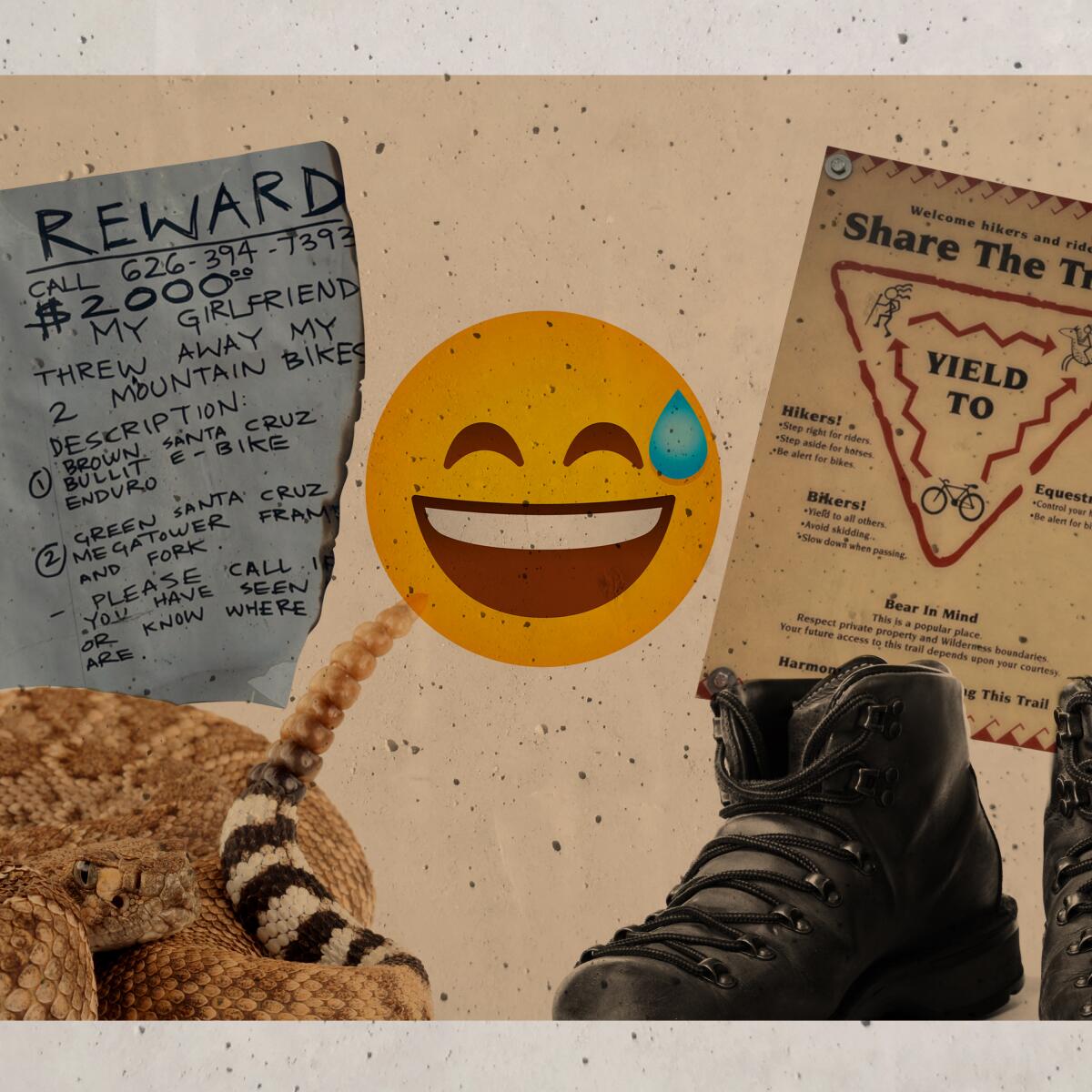
I’m usually social when I’m on the hiking trails. A few years back, when a girlfriend and I summitted Mt. Baden-Powell north of L.A., I didn’t think it was odd when a stranger struck up a conversation atop the 9,406-foot peak. He continued talking about all the hikes he had done as we descended. My friend spoke very little. After 45 minutes, the guy turned off the trail to return to his starting point. After he left, I asked my friend why she had clammed up. “I was busy trying not to get myself murdered!” she said. I didn’t think he was malevolent, but clearly she did.
Things can happen in the wild — and it’s always good to know how best to respond. My colleague Siena Giljum wrote about how to handle the 14 most common awkward moments on the trails. How many have you experienced? Tell me your story at TheWild@latimes.com.
The red flag
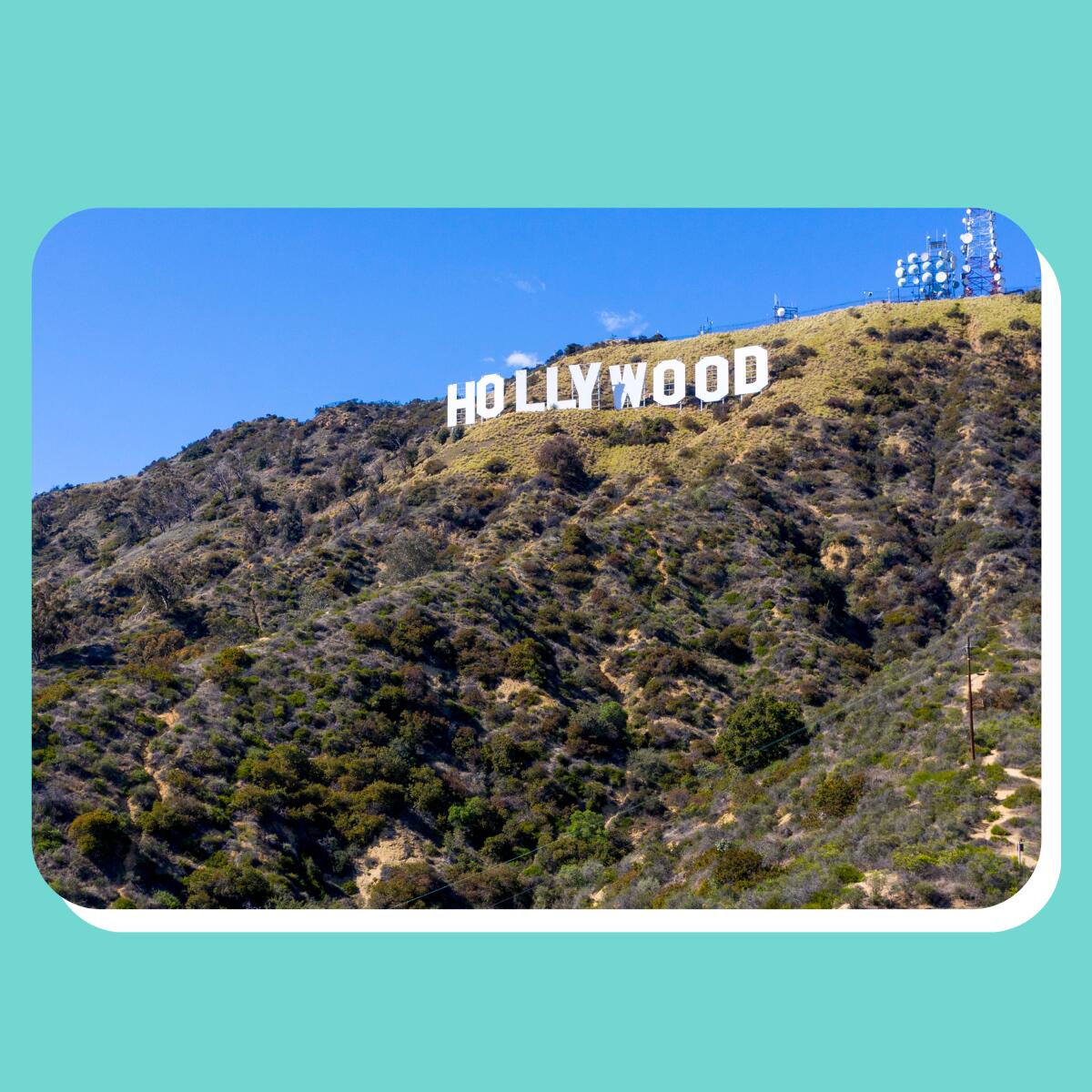
I have hiked in Griffith Park for four decades and learned a lot about its peaks, trails, topography, flora, fauna and some of its history. You can read up on L.A.’s vast urban park in this Guide to Griffith Park. What I didn’t know, until I read a story in the summer-fall 2021 Friends of Griffith Park newsletter, was that the park was the site of an internment camp during World War II.
“The Griffith Park Internment Camp, run by the U.S. Army, was located in the old CCC [Civilian Conservation Corps] Camp Riverside where Travel Town is today. After Camp Riverside was closed, the army used it as a recreational facility for soldiers. Following the bombing of Pearl Harbor, the old CCC barracks were secured to house Issei ‘enemy aliens.’ This facility was surrounded by double fences eight feet high topped with barbed wire. The FBI arrested 35 Issei on immigration violations such as expired visas. Most of the men were fishermen on Terminal Island whose real ‘crime’ was that they were Japanese who worked near army and naval installations and were thus assumed to be a threat. On February 21, 1942, 77 Issei were transferred to the Griffith Park Detention Camp. The camp also held some German and Italian nationals. From there they were transferred to other internment camps such as Ft. Lincoln in North Dakota.” The story goes on to chronicle what happened to individual detainees and their families. Read the full story here.
Wild things
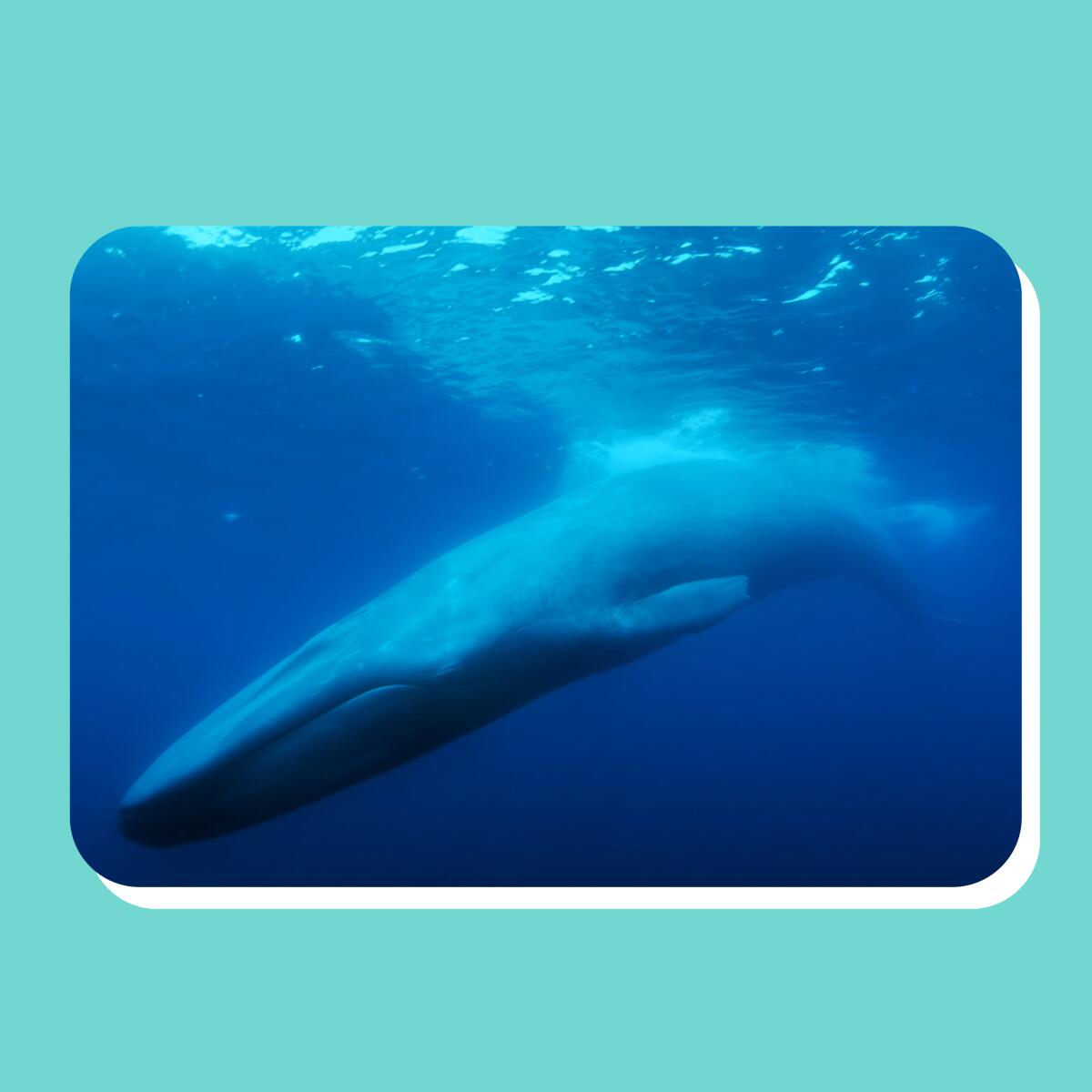
Mysteries of science are the stuff discoveries are made of — sometimes. “The Loneliest Whale: The Search for 52” is a nature documentary with a mystery and an unanswered question. Katie Walsh writes in this review: “In 1989, an underwater sonar system developed and used by the Navy captured the biological sonic signature of a whale registering at 52 hertz of frequency, which is unlike any other whale song. In 2004, after the death of Bill Watkins, one of the lead scientists working on tracking this whale, a paper was published that brought this curious creature to the attention of the public. Knowing only that its calls didn’t register with other whales, writers speculated that this one was roaming the seas without response. And thus, ‘The Loneliest Whale,’ a.k.a. ‘52,’ was born, at least in the human imagination.” What happens next is a quest to find the whale off the coast of California, which comes with some lessons and some drama. Read more about 52 here.
Social moment
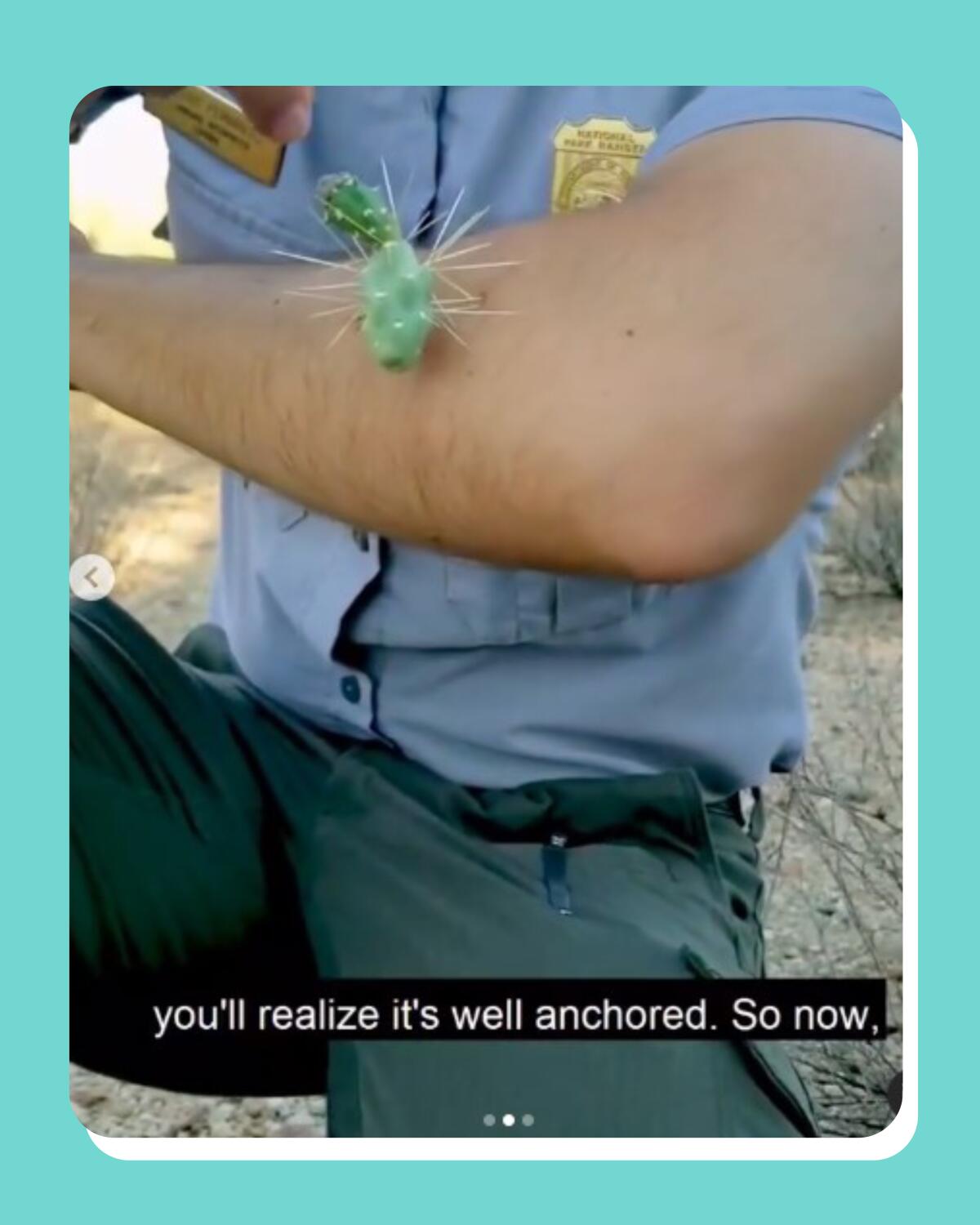
Ouch! Ranger Freddy at Saguaro National Park in Tucson shows the easiest way to remove a clump of cholla cactus from your arm in a series of videos posted on Instagram. His secret weapon? A hard plastic comb. Seriously. “The faster you do it, the less painful [it is],” he says. Freddy also tells you how to treat the little spines left behind. Teddy bear, or jumping, cholla also thrive in California, particularly in deserts and desert gardens. Be careful and check out the videos so you’ll know what to do if you get pinched.
P.S.

Boiling Point, the L.A. Times’ weekly newsletter about climate change and the environment in California and the American West, dived into an analysis that noted, “There are more than 31,000 ‘orphaned’ oil and gas wells within 30 miles of national park sites nationwide.” (Here’s the story that details the toxic legacy of old oil wells in California.)
My colleague Sammy Roth writes about what he learned from the state-by-state orphaned well data:
“What really caught my eye was the park with the most risky wells nearby: Santa Monica Mountains National Recreation Area. I hike in the Santa Monica Mountains all the time, and I definitely wouldn’t have guessed there are 5,705 orphaned oil and gas wells within 30 miles — nearly twice as many as the park with the next most, Harry S Truman National Historic Site in Missouri.
“The Santa Monicas are truly a national treasure, stretching from Point Mugu on the coast to the Hollywood Hills, and offering jutting sandstone cliffs, foggy ocean views and a feeling of immense wilderness just steps from a sprawling metropolis.” Read the full story here.
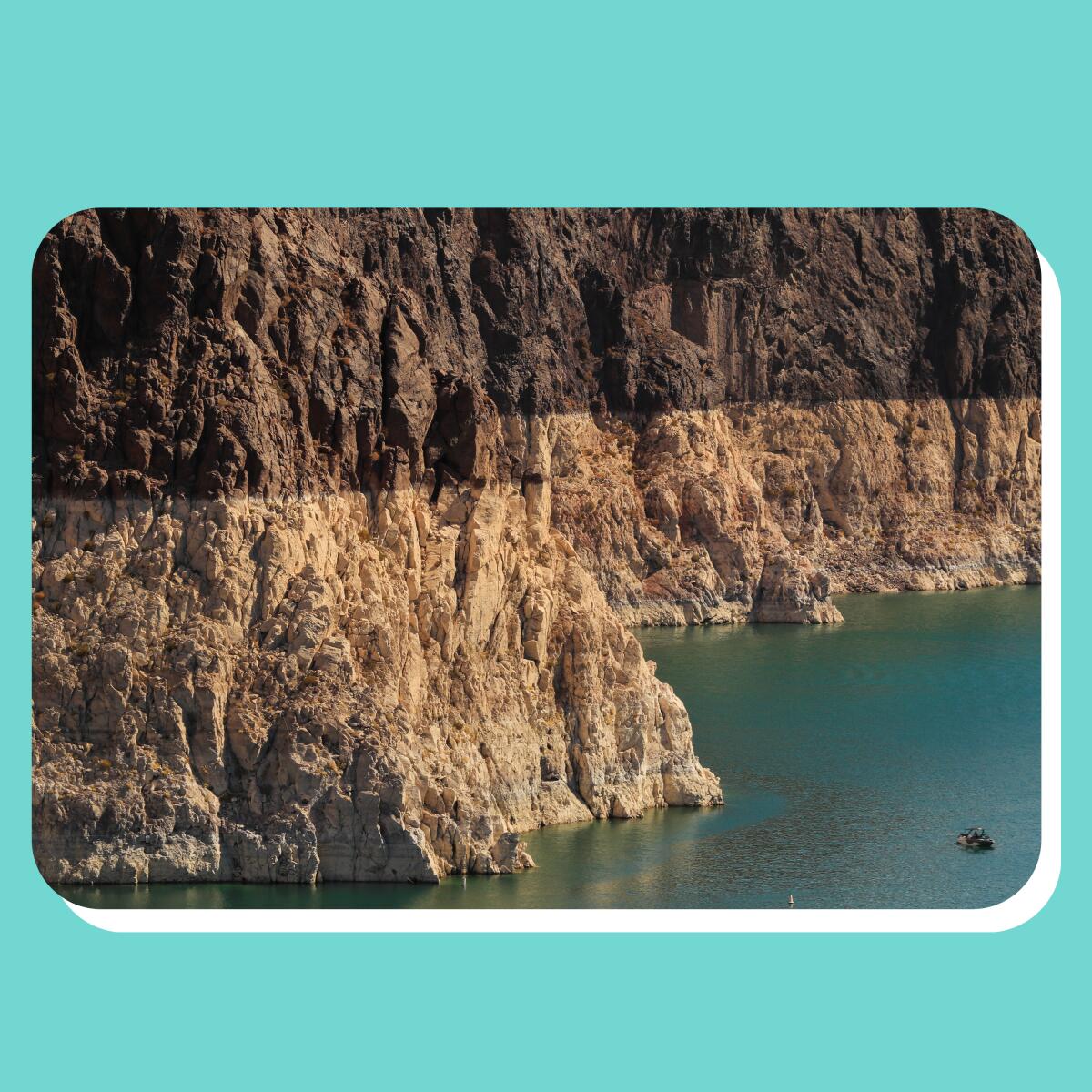
The word “drought” may quickly be giving way to “aridification,” which indicates a more permanent condition. That’s one of the points in this L.A. Times story about the “bathtub ring” — which indicates how low water levels have become — at Lake Mead, a key water source for Western states. “As fires sweep over large swaths of the West and scorching temperatures fry others, the scarcity of water is a less visible but perhaps the most pressing consequence of climate change confronting the states that depend on Lake Mead,” the story says. Check out the story and photos of low water levels at Lake Mead and Hoover Dam.
Send us your thoughts
Share anything that’s on your mind. The Wild is written for you and delivered to your inbox for free. Drop us a line at TheWild@latimes.com.
Click to view the web version of this newsletter and share it with others, and sign up to have it sent weekly to your inbox. I’m Mary Forgione, and I write The Wild. I’ve been exploring trails and open spaces in Southern California for four decades.

Sign up for The Wild
We’ll help you find the best places to hike, bike and run, as well as the perfect silent spots for meditation and yoga.
You may occasionally receive promotional content from the Los Angeles Times.




